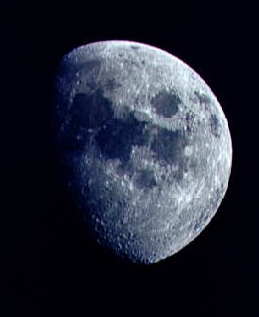When a satellite is held in orbit, what is it orbiting relative to? What's so special about the orbit of geosynchronous satellites?

Well, you're on to something, Elliott. A satellite is an object that orbits a bigger object. So when a satellite is held in orbit, it is orbiting relative to a bigger object.
One example is the Moon. Our Moon orbits the Earth. It is smaller than the Earth. So, the Moon would be an example of a satellite that orbits the Earth (the bigger object).
Geosynchronous satellites are man-made satellites that orbit the Earth. They always orbit the Earth at the same height above the Earth (35,785 kilometers). But there is something even more special about these satellites. If you look at these satellites from Earth, they don't look like they are moving at all! These satellites just appear to hover above one point on the Earth.
The Earth rotates around and around at a certain speed. Geosynchronous satellites travel around the Earth at this same speed. So a satellite in geosynchronous orbit will always look at one single location on Earth.
Scientists can use geosynchronous satellites to map the weather that happens everyday in a region on Earth. These satellites are good at that because they always look at one place on the Earth's surface.
Submitted by Elliott (England)
(September 30, 1997)








